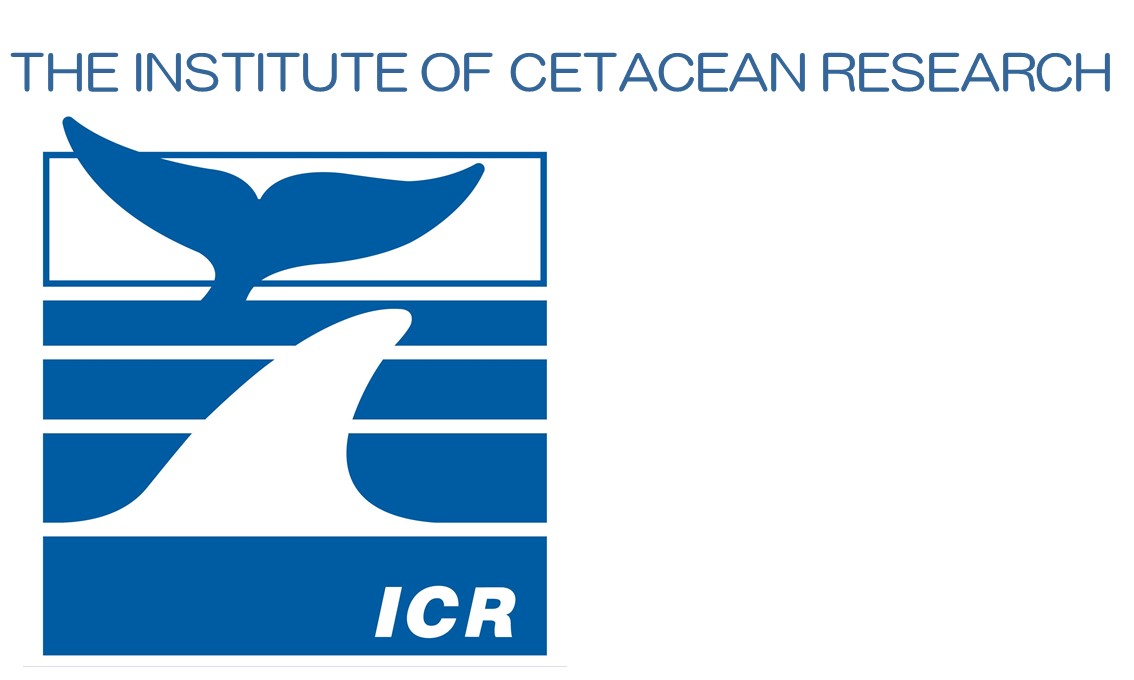Completion of Japanese Abundance and Stock-structure Surveys in the Antarctic (JASS-A) 2020/2021 Research Cruise
March 22, 2021
Designated Corporation for Scientific Whale Research
THE INSTITUTE OF CETACEAN RESEARCH
1. Background
This survey is a continuation of the Japanese government's research program (non-lethal research) aimed at the sustainable use of whale resources in the Antarctic Ocean, and the second research cruise in the Antarctic after Japan's withdrawal from the International Whaling Commission (IWC) on June 30, 2019. This year's research was conducted by a research vessel in the Antarctic Ocean including a sighting survey, biopsy sampling, satellite tagging, oceanographic observation and collection of other relevant information on cetaceans.
The objectives of the research are to collect sighting data necessary for the estimation of the abundance of large whales, to conduct various experiments (natural markings record by taking individual identification photos, biopsy sample collection and satellite tag attachment) for elucidating movement of large whales, detecting breeding area and identifying individuals and stocks, all of which are useful for stock management of those whales. In addition, we conducted oceanographic observations to clarify the habitat of cetaceans. The scientific information obtained from this research will be provided to Scientific Committees of relevant international organizations such as IWC and the Commission for the Conservation of Antarctic Marine Living Resources (CCAMLR).
The research vessel Yushin-Maru No. 2 departed from Shiogama, Miyagi Prefecture on December 4, 2020 and returned to Shiogama on March 22, 2021 after conducting research for 28 days (from January 10 to February 28, 2021) in the south of 60 degrees south latitude.
2. Survey plan and summary of results
The Institute of Cetacean Research, through close cooperation with the Fisheries Agency, takes the lead in planning, implementing and conducting analyses of data obtained from the survey.
This year's research completely covered the eastern part of the western part of Area III of the Antarctic Ocean south of 60 degrees south latitude, which had not been surveyed in last year's research cruise, and succeeded in collecting non-lethal survey data including consistent sighting data necessary for estimation of cetacean abundance. The survey revealed, as in previous findings, that several cetacean species, including blue, Antarctic minke, fin and humpback whales use the same area as a feeding ground, and that there is a trend toward recovery of fin and humpback whale stocks. In addition, several blue whales, which are considered to be rare, were found, suggesting a steady recovery of the stock.
2.1 Main Research Objectives
The main research objectives of JASS-A are:
(1) Study of abundance and their trends of large whale species in the Indo-Pacific region of the Antarctic Ocean.
(2) Study of the distribution, movement and stock structure of large whale species in the Indo-Pacific region of the Antarctic Ocean.
2.2 Research Cruise and Survey Period
Research Cruise:
From December 4, 2020 to March 22, 2021 (109 days).
Number of survey days (within the research area):
From January 10 to February 6, 2021 (28 days).
2.3 Research Area
Within the western part of one of the IWC management areas, Area III, south of 60 degrees south latitude and between 15 and 35 degrees east longitude (Figure 1). In addition, a mid- to low-latitude sighting survey was conducted in the area of the cruise to and from the research area (south of 10 degrees south latitude).
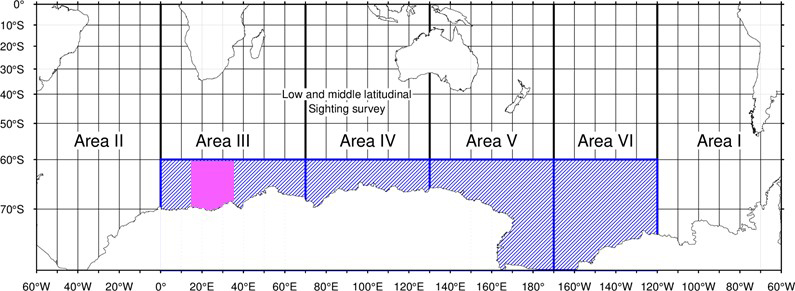
Figure 1. JASS-A Research Area. The 2020/2021 survey area is shown in pink. The blue box indicates all research areas.
2.4 Researchers
Five researchers led by Tatsuya Isoda (Cruise leader, Institute of Cetacean Research).
2.5 Research Vessel
Yushin-Maru No. 2, (747 tons, Captain Nobuo Abe, 17 crews in total).
Twenty-two members led by the Cruise Leader Isoda and the Captain Abe were on board to engage in the research.
2.6 Implementing Body
The Institute of Cetacean Research.
2.7 Total Search Distance (including mid- and low-latitude sighting survey)
3,615.2 nautical miles (about 6,692.4 km).
2.8 Main whale sightings (including mid- and low-latitude sighting survey)
Blue whale: 24 schools; 29 animals
Fin whale: 153 schools; 257 animals
Antarctic minke whale: 53 schools; 122 animals
Humpback whale: 384 schools; 739 animals
Bryde's whale: 1 school; 1 animal
Sperm whale: 9 schools; 9 animals
Killer whale: 4 schools; 13 animals
Southern bottlenose whale: 7 schools; 20 animals
2.9 Results of various Experiments and Observations
(1) Distance angle estimation experiment
A preliminary distance-angle estimation exercise and this experiment were conducted to determine the accuracy of the estimation of the angle and distance of detection by each visual observer.
(2) Individual identification photo shooting (number of individuals)
Blue whale (20 animals), humpback whale (41 animals), killer whale (1 animal).
(3) Biopsy sample collection (number of individuals)
Blue whale (8 animals), fin whale (15 animals), Antarctic minke whale (14 animals), humpback whale (16 animals), Bryde's whale (1 animal).
(4) Satellite tag attachment experiment
We attached satellite tags to 7 fin whales and 10 Antarctic minke whales.
(5) Oceanographic observation by XCTD (Expendable Conductivity-Temperature-Depth probe)
Water temperature and salinity were measured at 99 stations from 0 to 1,850m depth.
(6) Preliminary experiment using drones
Preliminary photogrammetry experiments were conducted using drones to measure the body length and body condition of cetaceans and to observe their swimming behavior.
We succeeded in photographing blue, fin, Antarctic minke and humpback whales.
(7) Preliminary experiment to attach diving behavior tags
A preliminary experiment was conducted to develop a technique for mounting data loggers to record the diving behavior of cetaceans.
We attached diving behavior tags to 2 humpback whales.
(8) Observation of marine debris
This year, no marine debris was found in the research area of the Antarctic Ocean.
3. 2020/2021 JASS-A Research Cruise photographs
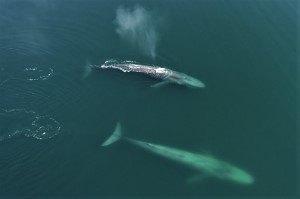 |
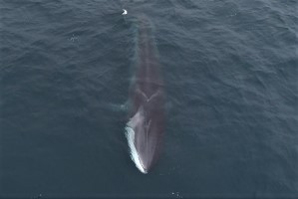 |
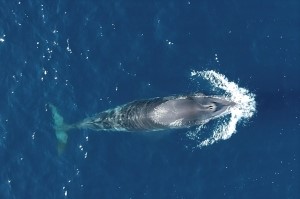 |
|
| Blue whales (drone image) | Fin whale showing characteristic white right side jaw (drone image) |
Antarctic minke whale (drone image) | |
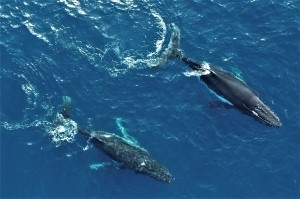 |
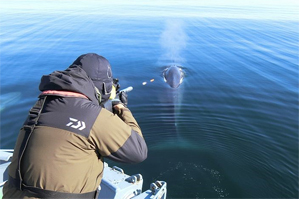 |
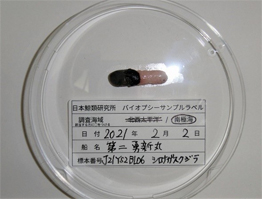 |
|
| Humpback whales (drone image) | Scene from a biopsy experiment (blue whale) | Whale skin sample collected in a biopsy experiment | |
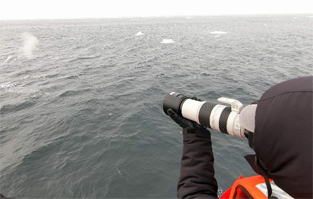 |
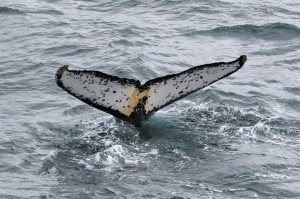 |
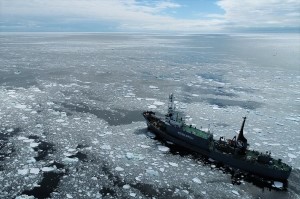 |
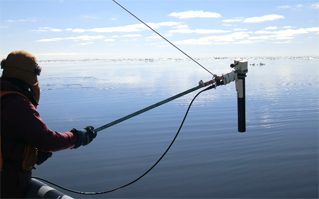 |
| Taking individual identification photos (blue whale) | Example of individual identification photo (humpback whale) | The Yushin-Maru No. 2 navigates through sea ice | Oceanographic observation by XCTD |
Video images of the 2020/2021 JASS-A survey are available on our YouTube channel.https://www.youtube.com/channel/UCz3c9IIMiQPVeryAogmJIig
Completion of Japanese Abundance and Stock-structure Surveys in the Antarctic (JASS-A) 2020/2021 Research Cruise (PDF file)
